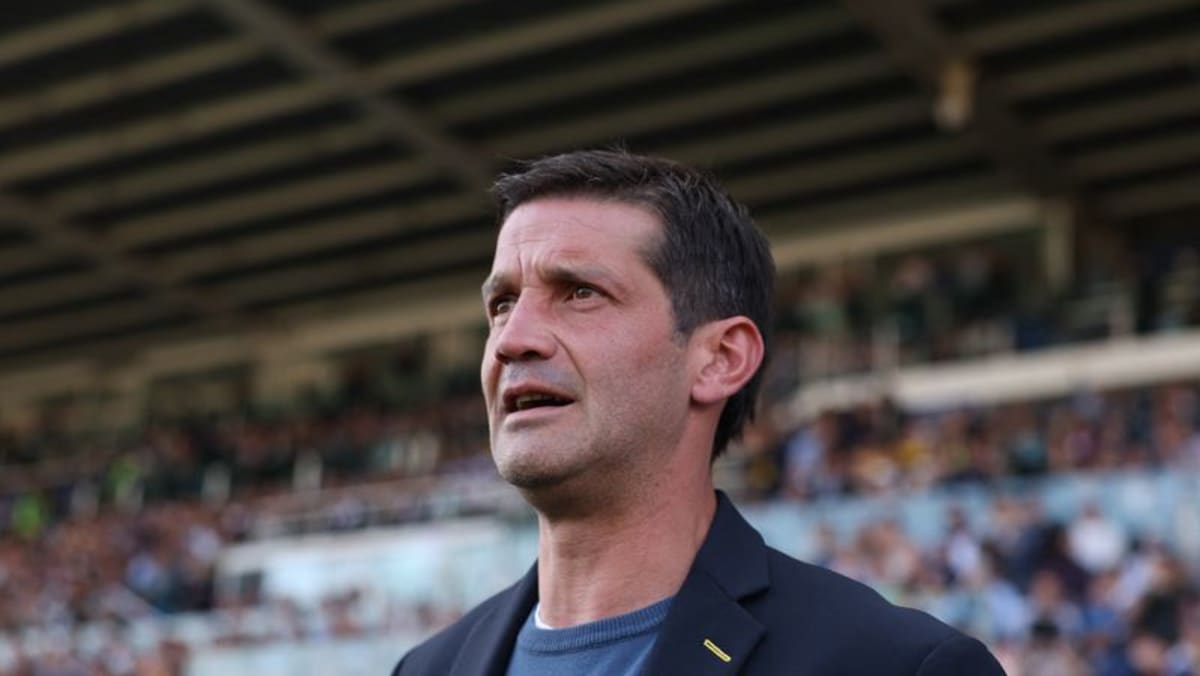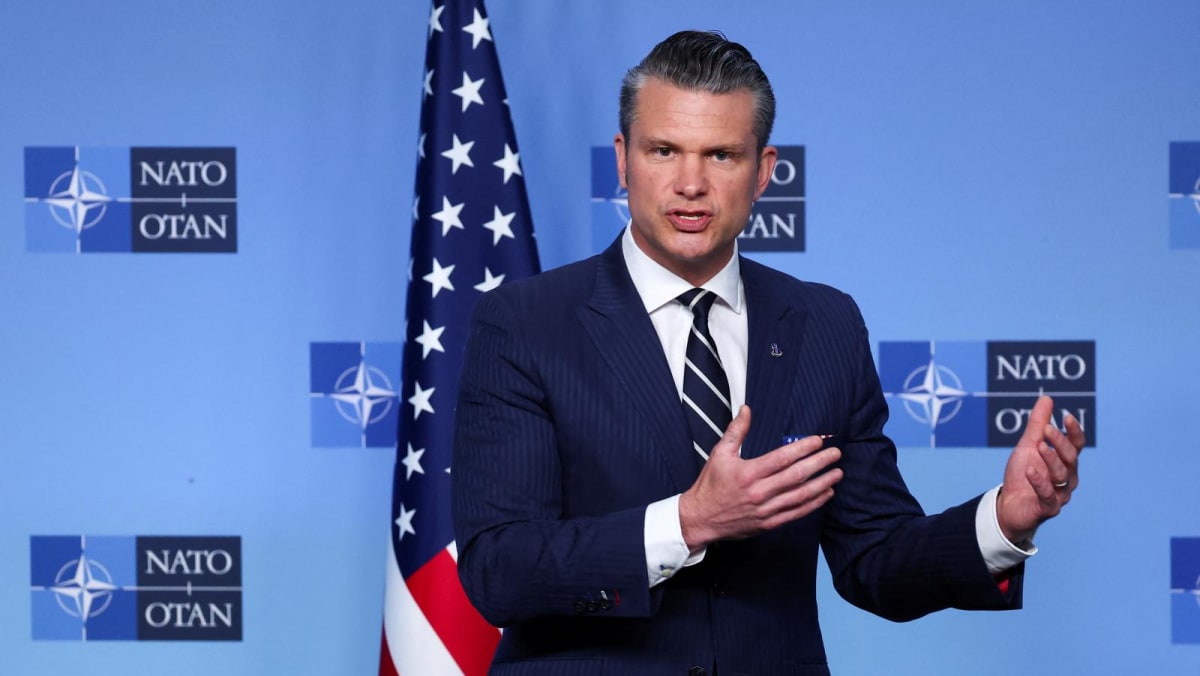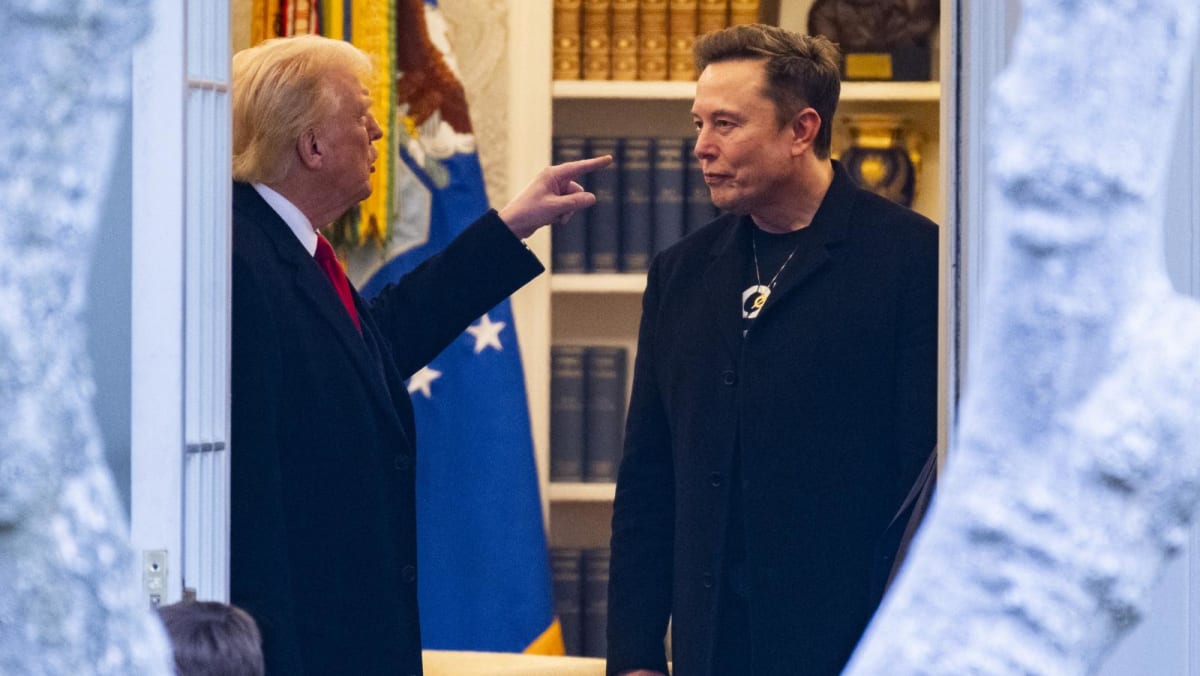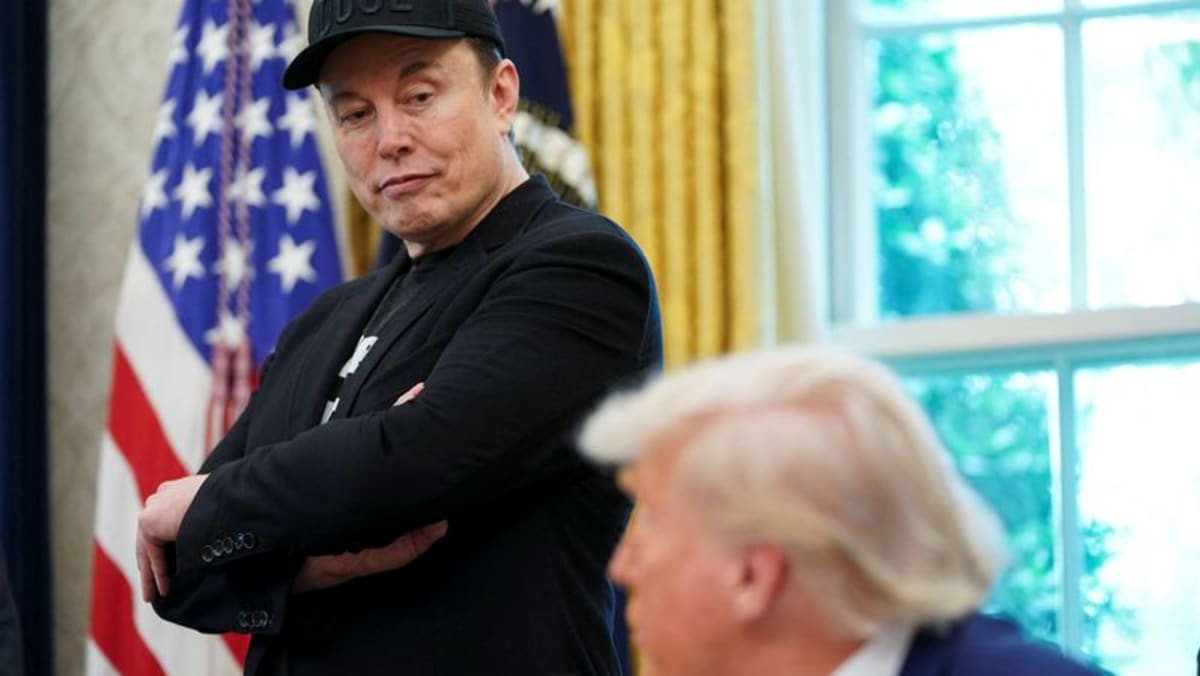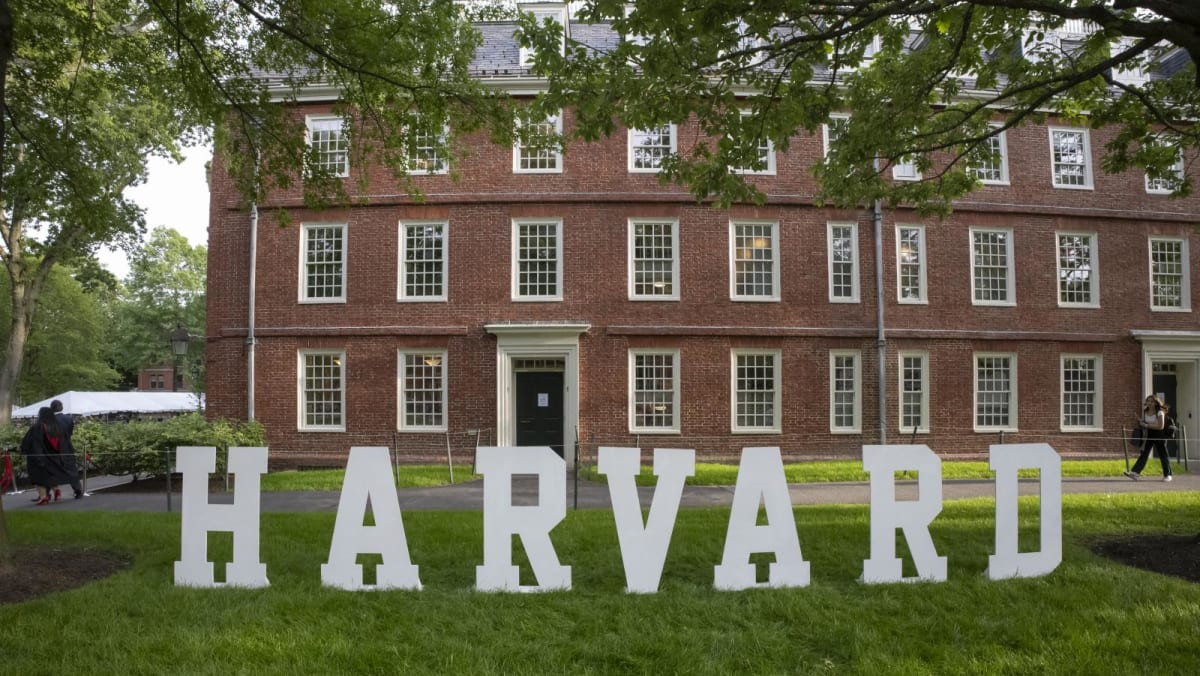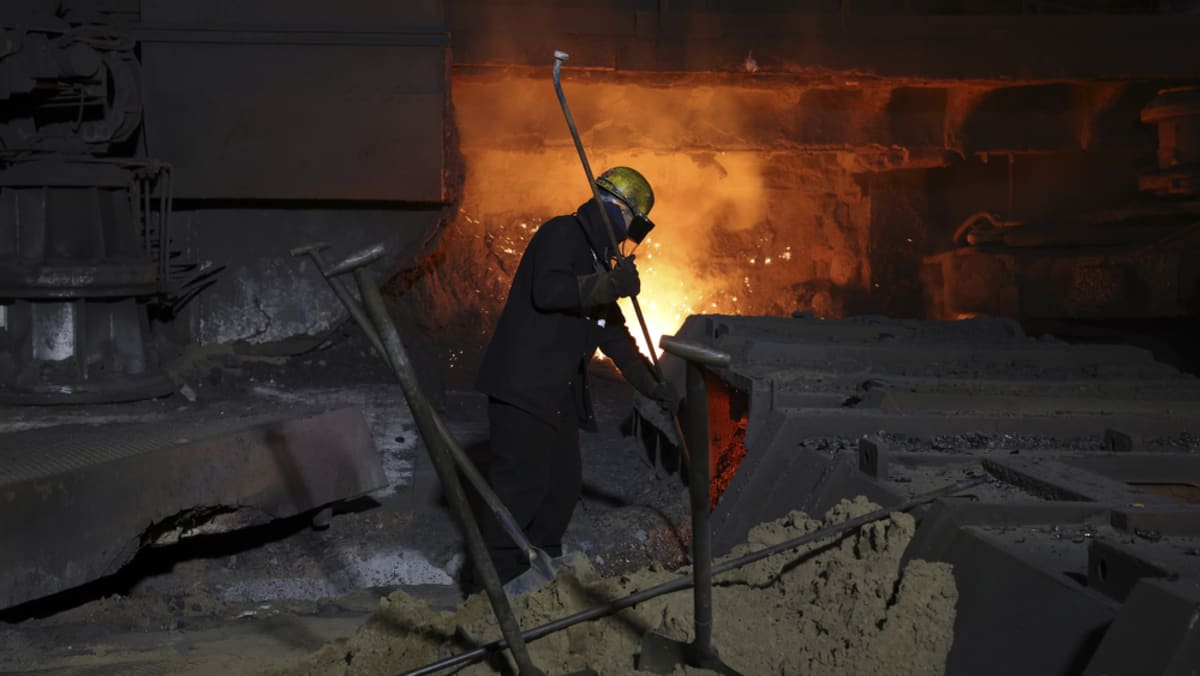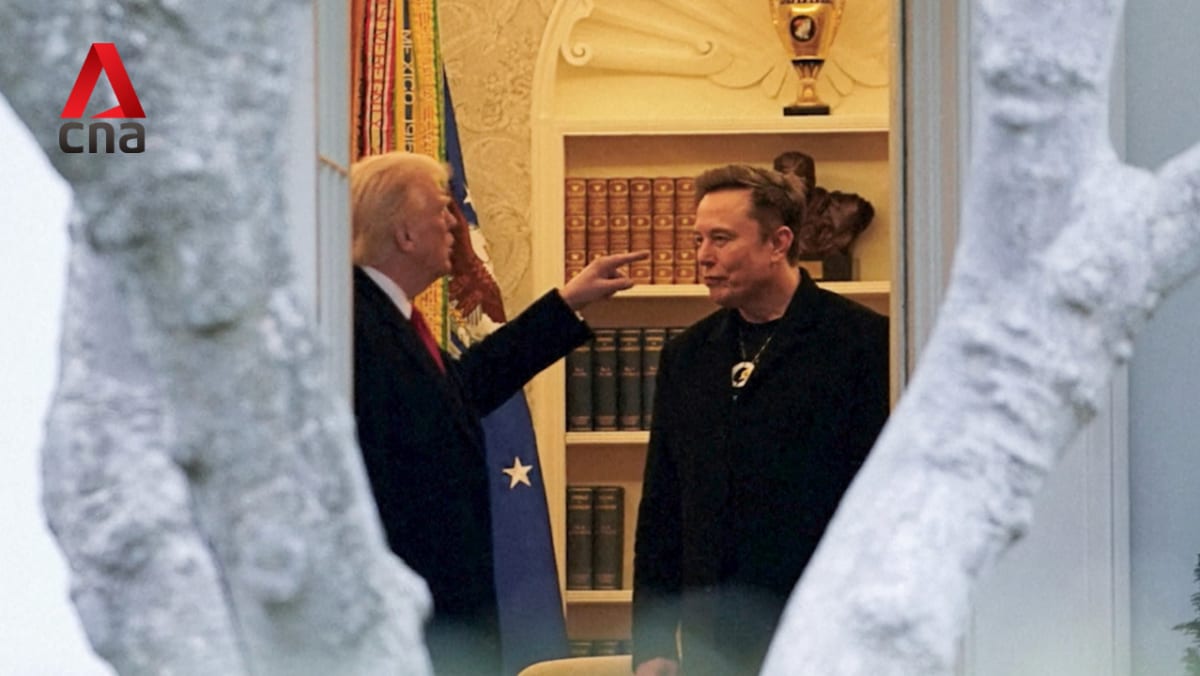CAPABILITY TARGETS
In the meantime, Rutte said he expects allies to agree on Thursday on what he called “historic” new capability targets.
The targets, which define how many troops and weapons and how much ammunition a country needs to provide to NATO, would aim to better balance defence contributions between Europe, Canada, and the United States and “make NATO a stronger, fairer and a more lethal alliance”, he said in opening remarks to the meeting.
Germany will need around 50,000 to 60,000 additional active troops under the new NATO targets, German Defence Minister Boris Pistorius said as he arrived at the NATO meeting.
Countries remain divided over the timeline for new pledges.
Rutte has proposed reaching the 5 per cent defence target by 2032 – a date that some eastern European states consider too distant but which some others see as too early, given current spending and industrial production levels.
Estonian Defence Minister Hanno Pevkur said that to meet the capability targets, “we need to agree on the 5 per cent in five years. We don’t have time for 10 years, we don’t have time even for seven years”.
Sweden would also like to see NATO reach 5 per cent defence spending in 2030, Defence Minister Pal Jonson told reporters.
There is an ongoing debate over how to define “defence-related” spending, which might include spending on cybersecurity and certain types of infrastructure.
“The aim is to find a definition that is precise enough to cover only real security-related investments, and at the same time broad enough to allow for national specifics,” said one NATO diplomat.
